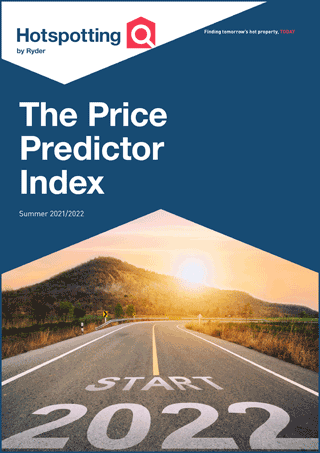The best way to chart what’s happening with individual property markets around Australia is to look at the sales activity.
Sales volumes data is a forward indicator of what might happen with prices. If sales activity is rising, then prices will usually follow this trend, but with a time lag.
If sales activity is falling, prices are likely to stop rising or possibly decline.
Media focuses its attention on giving historical data on prices – what’s happened with price movements in the past three months or the past year.
That can be of interest, but it doesn’t necessarily inform the future.
Sales volumes data does inform the future. It tells us where prices are likely to rise, and where prices may stop rising, or possibly fall.
So, every three months, we get the figures on sales volumes for every significant town and suburb across Australia and analyse the trends.
We marry that with information about vacancy rates and prices to produce one of our most popular reports, The Price Predictor Index.
We have just published our new Summer 2021-22 edition of The Price Predictor Index and this shows that markets are continuing to pump strongly in many parts of Australia.
But activity is not rising everywhere. Some locations are showing evidence of having passed their peaks, after several years of good growth.
So this report provides a fantastic national overview of all the markets across the country and tells you which ones are rising, which ones are plateau-ing, which ones are falling and sometimes the ones we think are danger markets to be avoided.
 So get yourself a copy of the Summer edition of The Price Predictor Index.
So get yourself a copy of the Summer edition of The Price Predictor Index.
It’s a great way to be informed about individual markets right across Australia – and their prospects for 2022.




